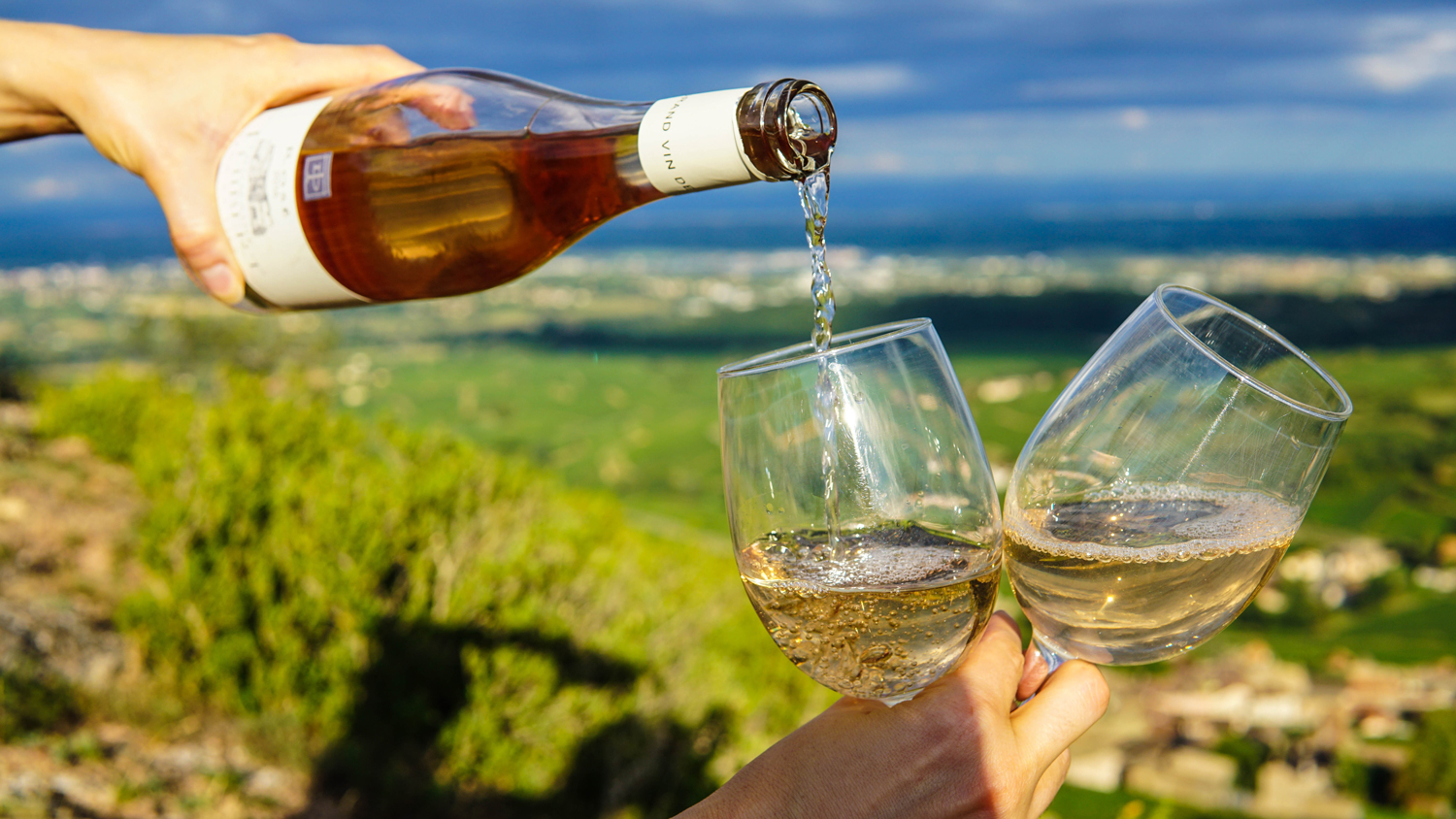
Orange wine continues to dazzle wine drinkers, and it’s no wonder that the style sits in a happy medium between whites and reds. The style, a skin-fermented white wine hailing from the Republic of Georgia, is one of the oldest around. And it’s also never been more popular, with imports continuing to pour in and domestic producers trying their own takes on orange wine, utilizing a broad range of interesting grape varieties.
Simply put, now’s an ideal time to enjoy orange wine. They’re coming in from all corners of the global wine map and taking advantage of everything from Gewurztraminer to Marsanne. Most exciting, the best orange wines afford the structure of red wine and the sprightliness of white wine. Like an oxidized Rosé with tannin and sometimes funky and intriguing flavors profiles, these wines are captivating.
Here are some to have on your radar:
Tank Garage HUF Super Tropicali

A one-off from the cool cats at Tank Garage in California, this orange wine is a blend involving some unique characters like Trousseau Gris. Apricot, citrus, and jasmine give way to some herbal characteristics and a nice finish. This wine is built for backyard barbecues and retro playlists.
Juliet Orange Wine
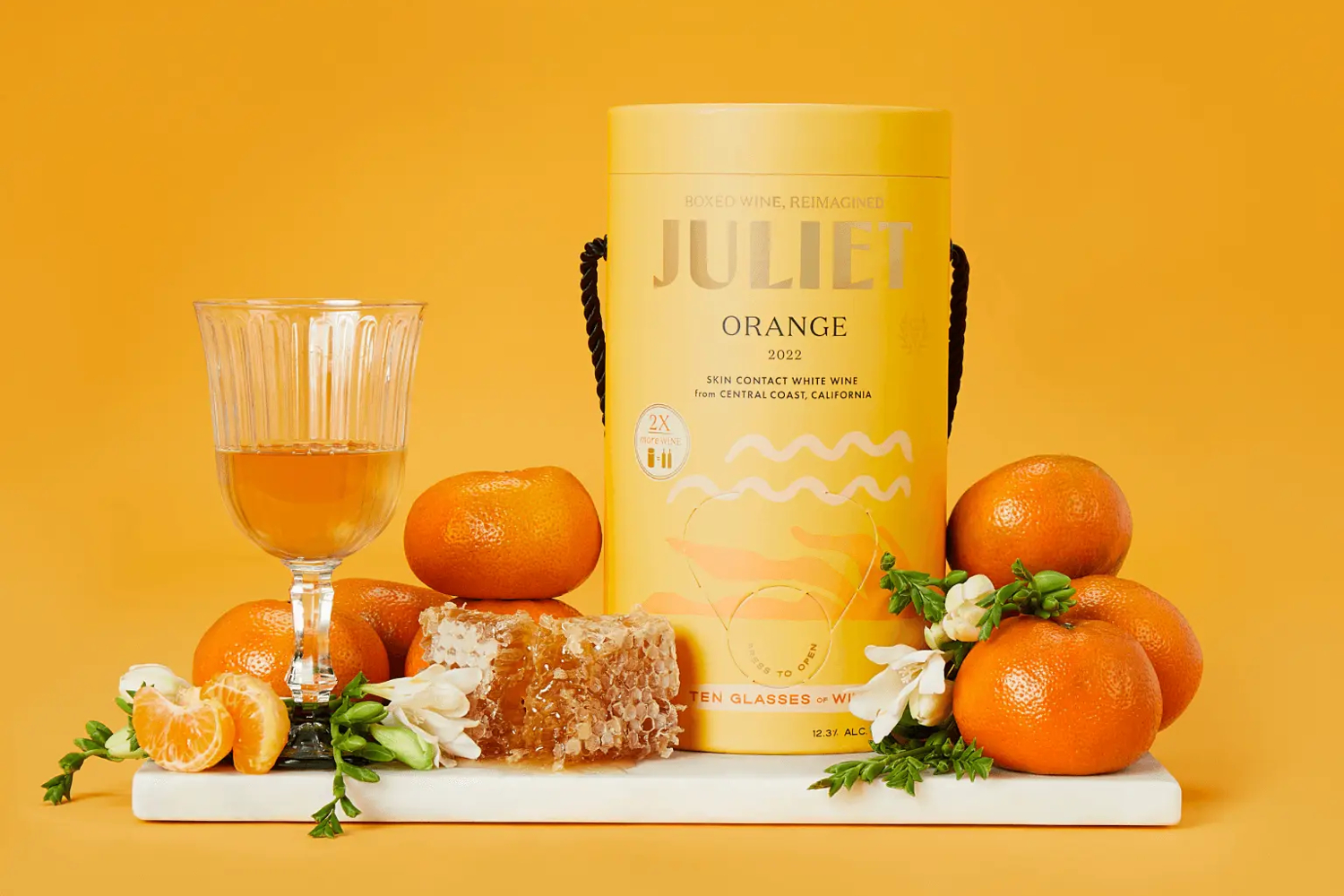
A great boxed wine made of Marsanne, this wine is nice and funky. A little briny, balanced out by some nice fruit and a touch of beeswax, it’s a great example of what Marsanne can do. The fruit comes from the central coast of California and the oversized format means you’ll have enough to share.
The Vice ‘The Brooklynites’ Orange of Gewurztraminer
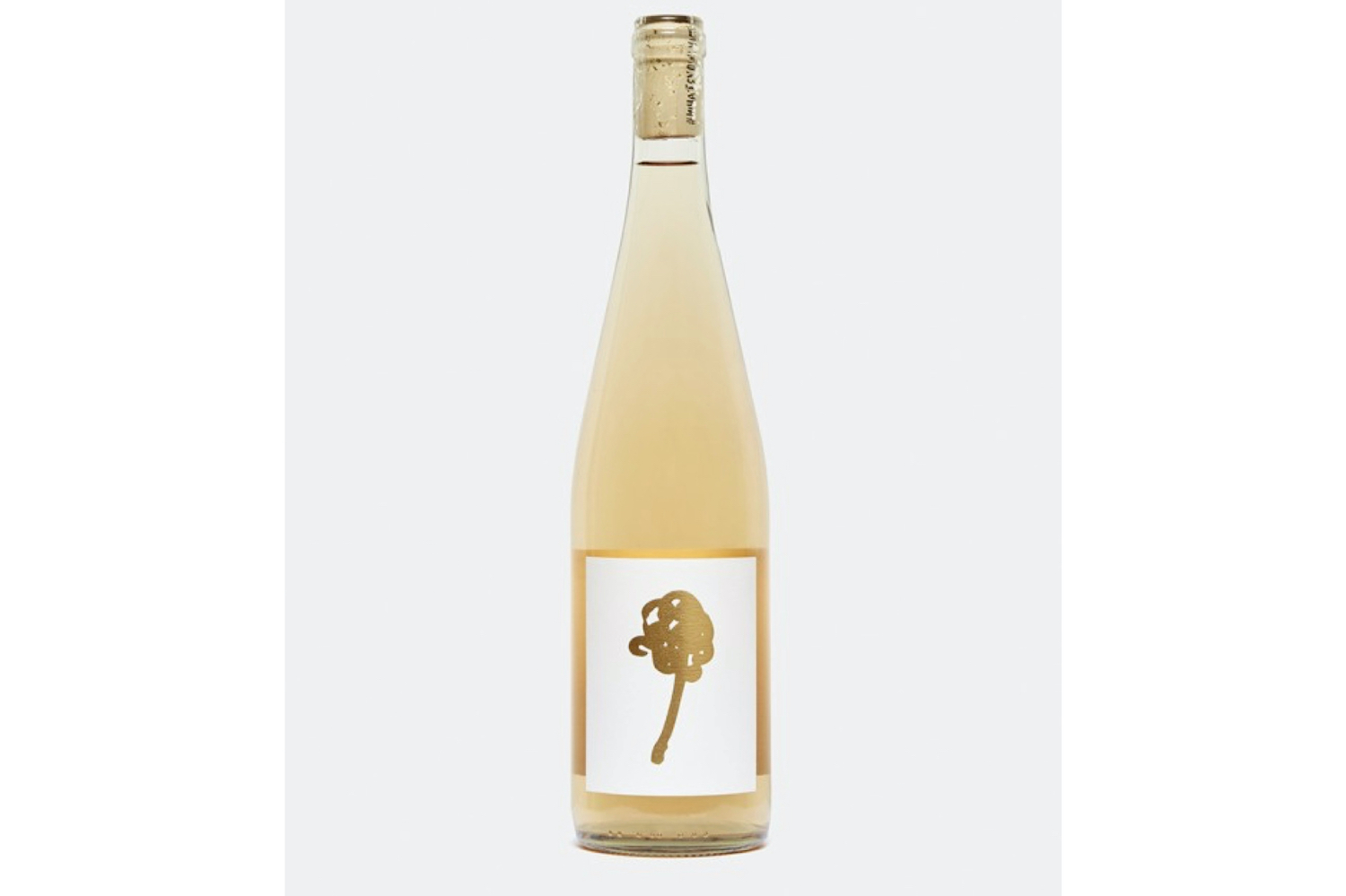
This offering from California’s The Vice drinks like it looks, with some super-pleasant peach and tropical fruit notes. If you’re feeling like sampling your way around, try the brand’s other orange wines, as they make them out of Albariño, Sauvignon Blanc, and Viognier. The wine is aged briefly in concrete eggs and stainless steel, giving it some real roundness and texture.
Tinto Amorio Monje

Romato is a popular Rose style out of Spain and this one epitomizes all the great things about the category. But act fast, as this release tends to sell out. It’s made with a quick seven-day maceration and shoes well with a slight chill, offering bright notes of nectarine and a kiss of sea salt. A bit of a hybrid, it’s made with French Colombard from Madera along with Gewurztraminer, Zin, and Albariño from California.
Lubanzi Orange is Skin Contact
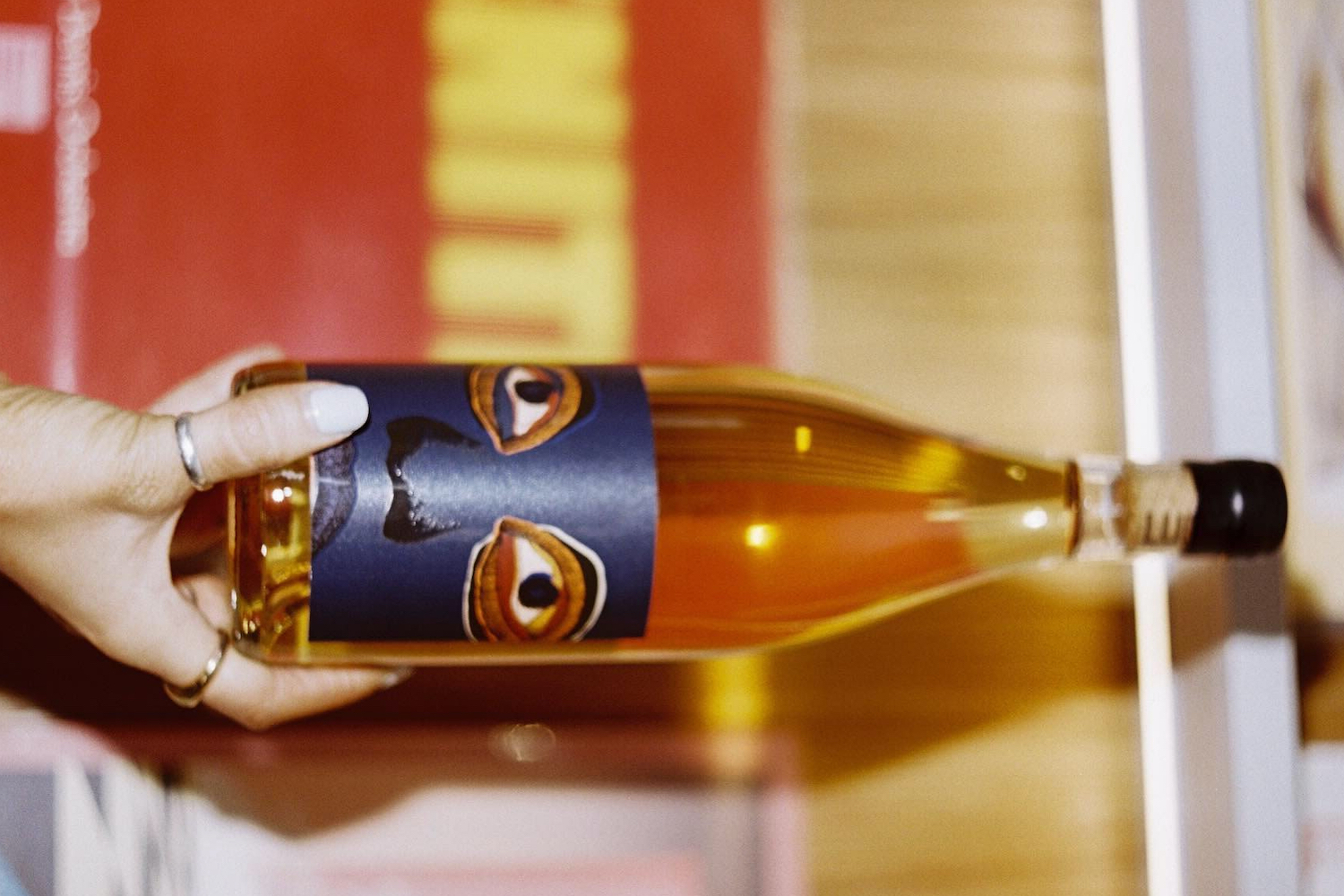
The South African wine scene is known for Chenin Blanc and, increasingly, orange wines made from the noble grape. This one hails from the Western Cape and is both complex and refreshing. We love the subtle spice notes and zip of acidity in this well-made wine. Plus, the label is amazing.
Cantina Indegino Orange Mosca

A Montocino wine from Italy, this bottle really sings. Bracing while thawing with that signature saltiness, the wine tantalizes to no end. There’s a nice minerality, and if you’re looking for an ultimate oyster wine, this might be it. The wine comes from the Teramo region along the beautiful Adriatic Sea.
Division Winemaking Company L’Orange
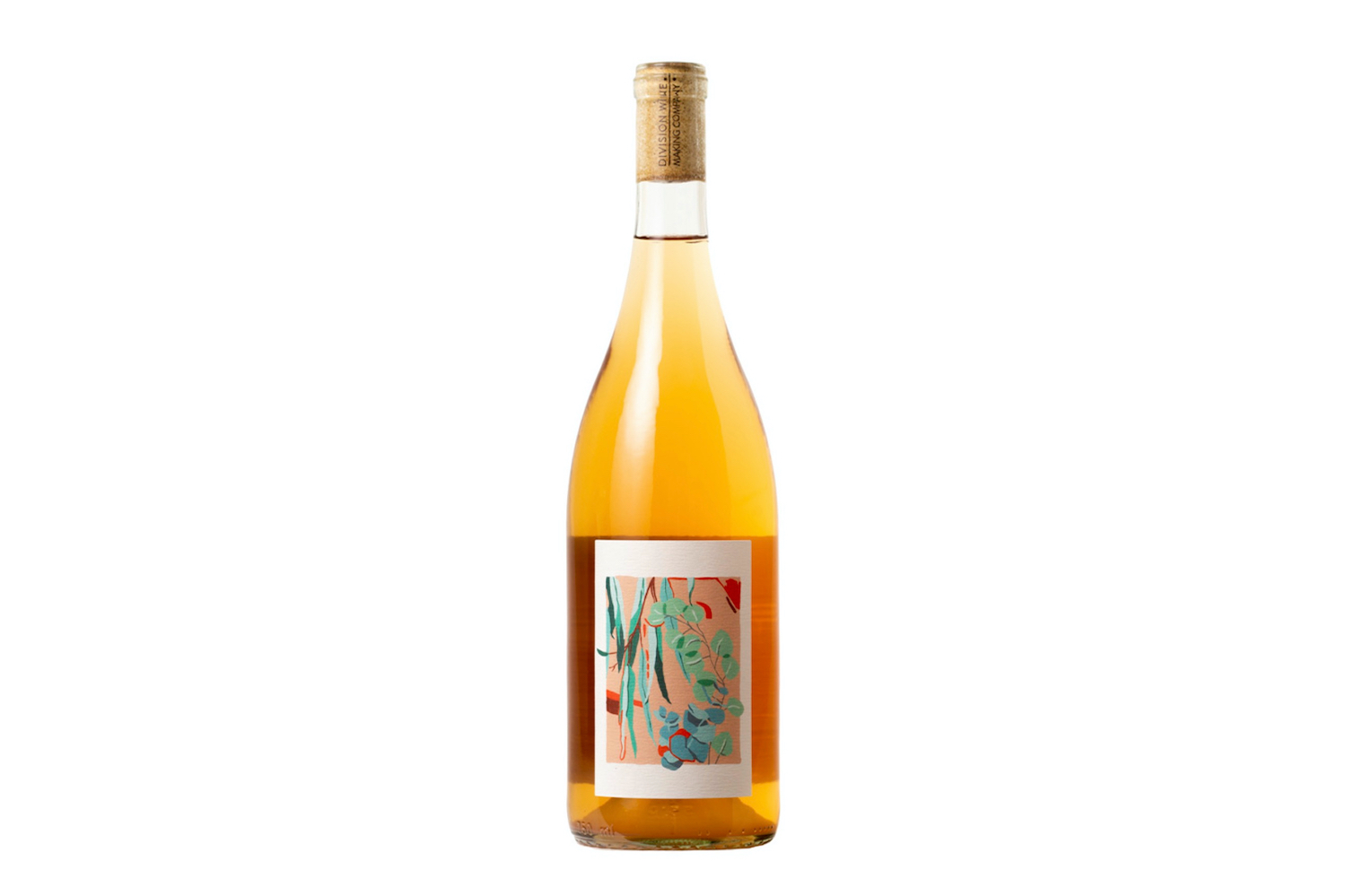
One of Oregon’s coolest labels makes a bang-up orange wine out of a handful of grape varieties. The Portland-based producer is no stranger to experimentation and loves to concoct a good blend, per this wine. We get a lot on the palate, from stone fruit and fresh herbs to a touch of eucalyptus.
Chkhaveri Amber Dato’s Wine Georgia Guria
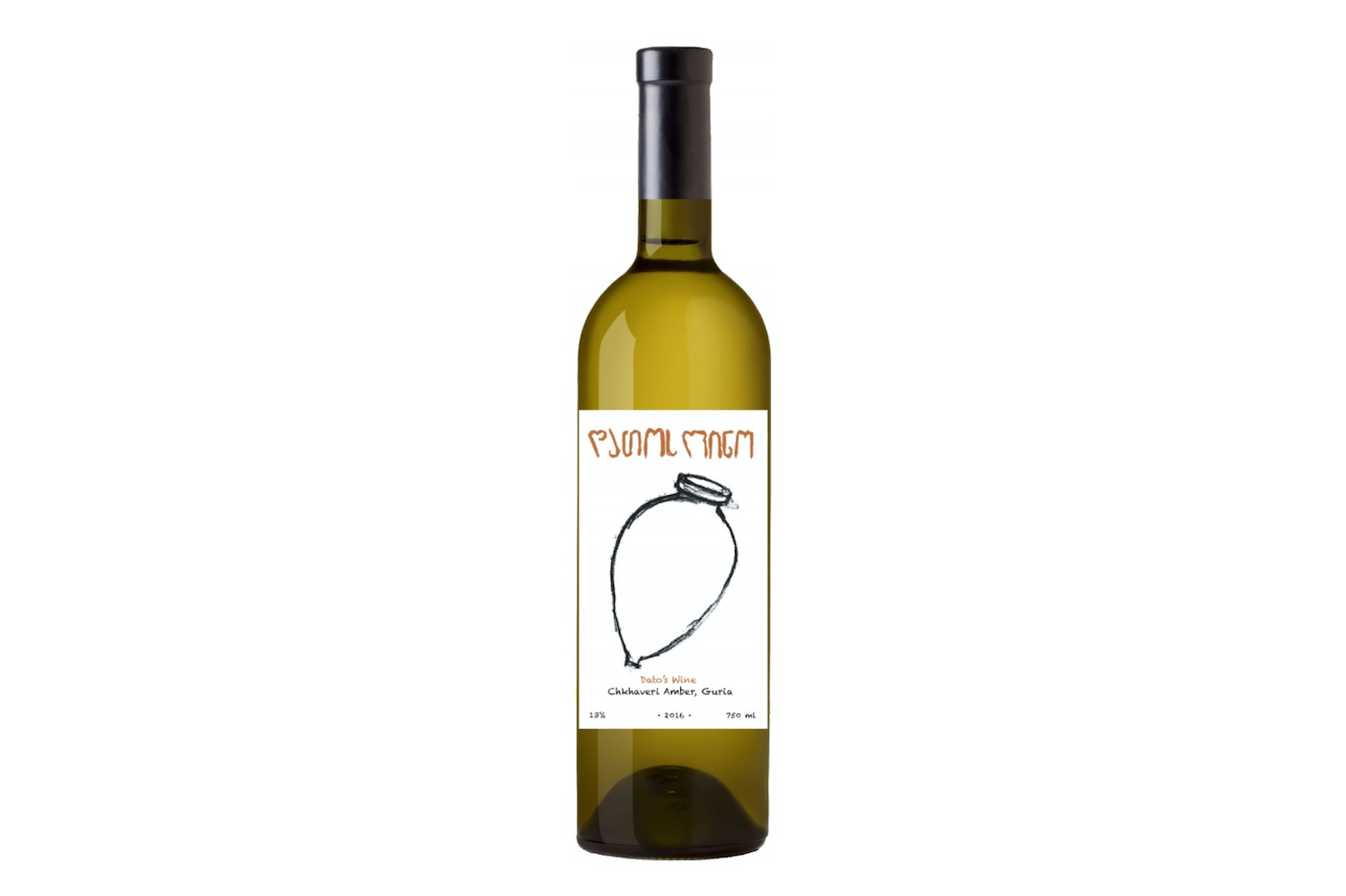
We couldn’t possible make a best orange wine list without a selection or two from the OG nation of Georgia. Aged in traditional qvwvri with that signature amber hue, the wine is a hallmark of the style. The production is limited and one of the vines in the vineyard where it is farmed is more than 100 years old.
Mtsvane Chona’s Marani Georgia Kakheti

Here’s another great Georgian option from the storied Kakheti region. Made from indigenous grapes pretty much the way they did things countless generations ago, this wine is a delicious time capsule.
Keep in mind that when you buy these, the vintages may be a bit older than what you’re used to for a lighter style of wine. That’s because they tend to age in both their respective vessels and bottles for a longer time, gaining character (and even cellaring well after purchase).
Wine is always on the move. Keep up on all the latest wine trends, from co-fermentations with other fruit to reborn varietals like Savagnin. Want to add to your collection? Here are some of our top wine picks.


